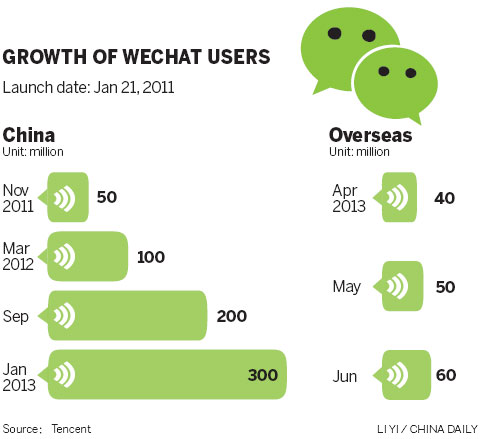“Snapchat, a rapidly growing messaging service, recently spurned an all-cash acquisition offer from Facebook for close to $3 billion or more”, reported in Wall Street Journal on Nov. 13, 2013.

Snapchat interesting messaging application in which users can take photos, record videos, add text and drawings, and send them to a controlled list of recipients for a determined amount of time. Not only that this app is becoming more popular among the smartphone users, it has become a hot pick for investors and potential acquirer, such as Facebook and Chinese e-commerce giant Tencent Holdings. Just as many people questioned why Facebook bought Instagram last year for $1 billion, there have been conversations everywhere discussing the rationale behind this offer from Facebook to Snapchat.
Given the current circumstances, I personally think the Facebook’s intention to acquire Snapchat is similar to that to acquire Instagram. It is obvious that the growth Facebook is stagnant and being challenged by the variety of social media alternatives that the netizens can choose from. Nowadays, not only that people are having more choices in choosing which social media they want to spend time in, they are also having more options in choosing which devices they would like to access these social media from. A study by the Pew Internet and American Life Project stated that 38 percent of the crucial young user base (age 18-29) said they expected to spend less time using Facebook this year in comparison to previous year. Looking at the daily photo upload volumes in top photo-sharing sites below, Snapshot is a clear winner even with a much smaller but growing user base. I suppose that Facebook is trying to obtain more insights in how photos and video are changing social networks from Instagram and Snapchat with a hope to translate these insights into valuable consumer knowledge for it to make a profit from brands and businesses in the physical world.








 Facebook has been leveraging its large user base and data bank for companies’ advertisements since a long time ago, and so has Twitter. Pinterest has recently announced that it will roll out “promoted pin” to further monetize their service. A few months after Pinterest’s announcement, Instagram made a decision to introduce ads into the feeds, and promised “to make any advertisements you see feel as natural to Instagram as the photos and videos many of you already enjoy from your favorite brands.” This new feature will first be introduced to the U.S. users. The company believes that the transition will be smooth because many brands are regular participants on the network already. Moreover, they will focus on delivering a small number of beautiful, high-quality photos and videos from a handful of brands that are already great members of the Instagram community.
Facebook has been leveraging its large user base and data bank for companies’ advertisements since a long time ago, and so has Twitter. Pinterest has recently announced that it will roll out “promoted pin” to further monetize their service. A few months after Pinterest’s announcement, Instagram made a decision to introduce ads into the feeds, and promised “to make any advertisements you see feel as natural to Instagram as the photos and videos many of you already enjoy from your favorite brands.” This new feature will first be introduced to the U.S. users. The company believes that the transition will be smooth because many brands are regular participants on the network already. Moreover, they will focus on delivering a small number of beautiful, high-quality photos and videos from a handful of brands that are already great members of the Instagram community.



